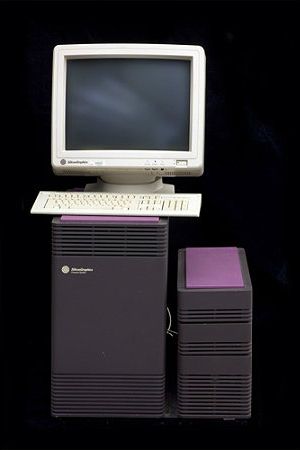So what was this NASA computer equipment auction?!? How come I never hear about these things?
Anyway, what you have is a 16 MB, 25 MHz memory expansion card for the Evans & Sutherland ESV workstation. This was a high-end 3D graphics workstation first released in 1990. For its time, it was very powerful. It was also expensive: The "low-end" model in 1990 was priced at $49,000. But the computers it was designed to compete with, the Silicon Graphics Power Series, cost even more -- those were usually priced over $100,000. Both systems were based on the MIPS R3000 processor. I couldn't find a picture of the ESV workstation, but here's its closest competitor, the Silicon Graphics workstation:

The ESV systems were used by a lot of universities and researchers for scientific visualization (things like particle behavior and crystallography). Evans & Sutherland, which produced the ESV systems, was best known as a major developer of flight simulators for everything from aircraft carrier landing to space station docking. They were also famous for inventing the virtual reality glove, which could be used for simulating interactions with virtual environments. Remember, this was in the early 1990s, so it was mind-blowing back then. Today, you can do the same things (and much better) with any game console. If you want to see what some of their stuff looked like, take a look at this video:
[/IMG]
[/IMG]







 Register To Reply
Register To Reply















Bookmarks